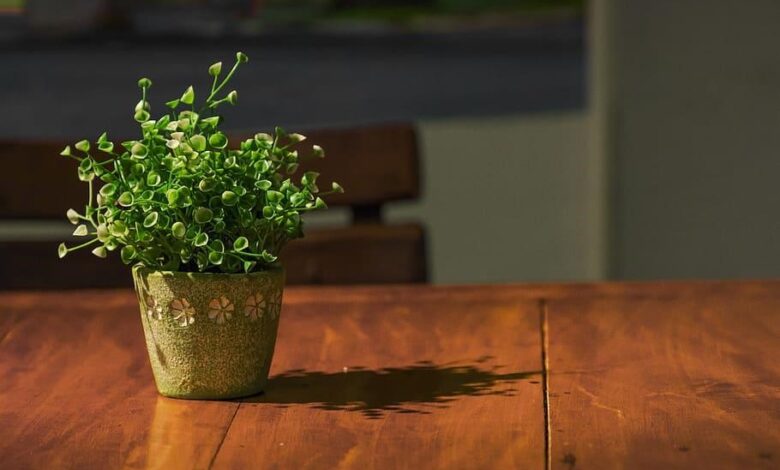The Best Low-Light Houseplants for Basement Apartments (That Actually Thrive)

Living in a basement apartment doesn’t mean you have to give up on having lush, healthy plants. While many flora crave bright sunlight, some varieties thrive in dimmer conditions, as they’re resilient enough to survive (and even flourish) with minimal natural light.
Whether you’re a beginner or a seasoned parent, these will bring life to your space without demanding a sunny windowsill. When you want to bet and be able to stay cosily at home while you do it, try the link and be transported to a virtual gaming haven like no other! And all that, from the comfort of your couch, and a view of your new Monstera.
Why Choose Low-Light Houseplants?
Basement apartments often have limited natural light, and regular houseplants might struggle, but some varieties adapt well. Here’s why they’re a great choice:
- They require minimal rays– Some greens can survive on artificial light alone.
- They’re low-maintenance – Perfect for busy people or those new to plant care.
- They improve air quality – Many low-light plants filter toxins from the air.
What Counts as “Low Light”?
- Low light = No direct sunlight, but some ambience (like near a north-facing window or under fluorescent lamps).
- Very low light = Almost no natural daylight (deep corners of a basement or rooms with only artificial lighting).
Top Choices
1. Snake Plant (Sansevieria)
Why it’s great: The snake plant is nearly indestructible. It can survive in almost any condition, including very dim basements.
Care tips:
- Water only when the soil is completely dry (overwatering is its biggest enemy).
- Thrives in low to bright indirect illumination.
- Grows tall, making it perfect for corners.
Bonus: It’s one of the best air-purifying shrubs, removing toxins like formaldehyde.
2. ZZ Plant (Zamioculcas zamiifolia)
Why it’s great: The ZZ plant is a superstar for dark spaces. Its glossy leaves add a modern touch, and it’s incredibly drought-tolerant.
Care tips:
- Water every 2-3 weeks (it stores water in its roots).
- Does well in low to moderate light.
- Rarely needs fertilising.
Bonus: It’s pest-resistant, so you won’t have to worry about bugs.
3. Pothos (Epipremnum aureum)
Why it’s excellent: Pothos is a fast-growing vine that looks stunning in hanging baskets or trailing from shelves, and it’s one of the easiest organisms to grow.
Care tips:
- Water when the top inch of soil feels dry.
- Thrives in dimmer conditions but grows faster with a bit more brightness.
- It can be trimmed and propagated easily in water.
Bonus: Comes in different varieties (like golden, marble queen, or neon pothos) for extra visual interest.
4. Peace Lily (Spathiphyllum)
Why it’s great: The peace lily is a beautiful flowering plant that does well in the dark. Its white blooms add elegance to any space.
Care tips:
- Keep soil moist but not soggy.
- Prefers humidity (great for bathrooms if your basement is dry).
- Wilt when thirsty but bounce back quickly after watering.
Bonus: It’s excellent at removing airborne toxins like ammonia and benzene.
5. Cast Iron Plant (Aspidistra elatior)
Why it’s great: True to its name, this plant is tough and can survive neglect, darkness, and even temperature fluctuations.
Care tips:
- Water sparingly (once every 1-2 weeks).
- Grows slowly but stays lush for years.
- Wipe leaves occasionally to keep them dust-free.
Bonus: It’s pet-friendly, so no worries if your cat or dog takes a curious nibble.
How to Help Them Thrive
Even though these choices are hardy, a little extra care can make them flourish:
- Rotate them occasionally – This ensures all sides get rays.
- Use artificial options– If your space is extremely dark, a simple LED grow light can help.
- Keep them near reflective surfaces – Placing them near mirrors or bright-colored walls can maximise available illumination.
Watering and Feeding
- Don’t overwater – Low-light flora dry out slower than those in bright conditions, so check soil moisture before watering.
- Use well-draining soil – Prevents root rot, a common issue in dimmer conditions.
- Fertilise lightly – Too much can harm greens in dim areas, and a diluted, balanced amount every few months is enough.
Creative Ways to Display Them
Just because your basement lacks natural light doesn’t mean your surroundings also have to look dull, and with a little creativity, you can turn your space into a stylish urban jungle. Here are some fun and functional ways to display your greenery:
1. Hanging Planters & Macramé Holders
- Why it works: Hanging flora frees up floor and shelf space while adding visual height.
- Best types: Pothos, philodendrons, or spider plants (though not on this list, they also tolerate dimness).
- Tip: Use ceiling hooks or wall-mounted brackets to keep them secure.
2. Tiered Shelving & Ladder Displays
- Why it works: Vertical storage maximises space and creates a layered, lush look.
- Best types: Mix snake plants (tall) with ZZ plants (bushy) for texture.
- Tip: Place a small grow lamp above if the shelves are too dark.
3. Glass Terrariums & Jars
- Why it works: Enclosed terrariums create a humid microclimate, perfect for ferns or moss.
- Best types: Miniature peperomias or nerve plants (if you add a little artificial light).
- Tip: Open terrariums need less maintenance than closed ones.

![Free Access + Unlimited Calls! RunningHub Integrates FLUX.1Kontext [dev], Ushering in a New Era of Creation](https://cplemaire.org/wp-content/uploads/2025/07/Screenshot_2713-220x150.png)

